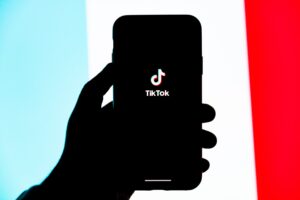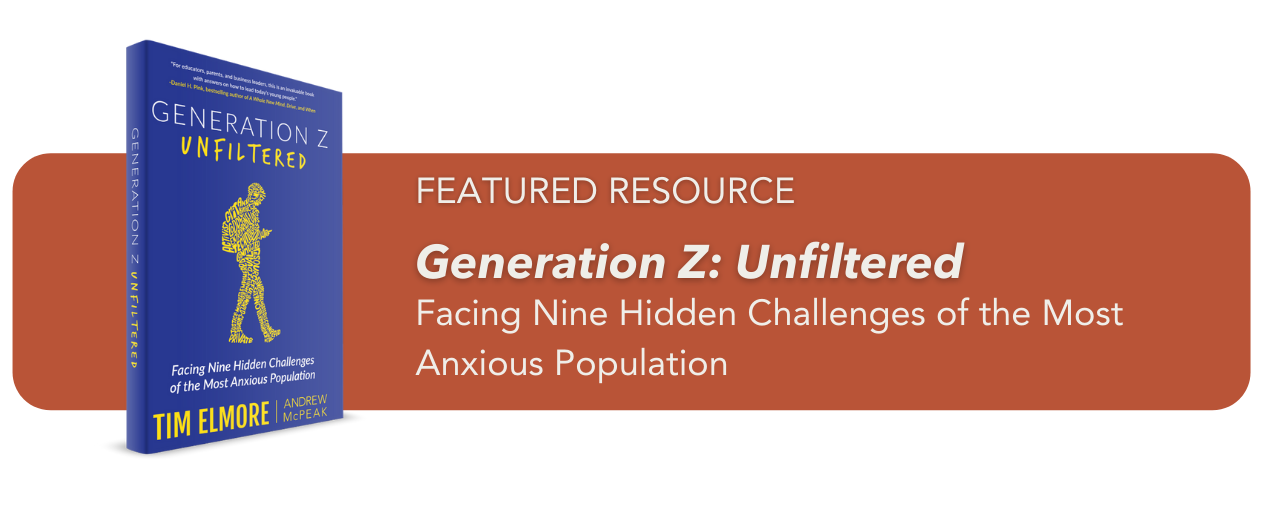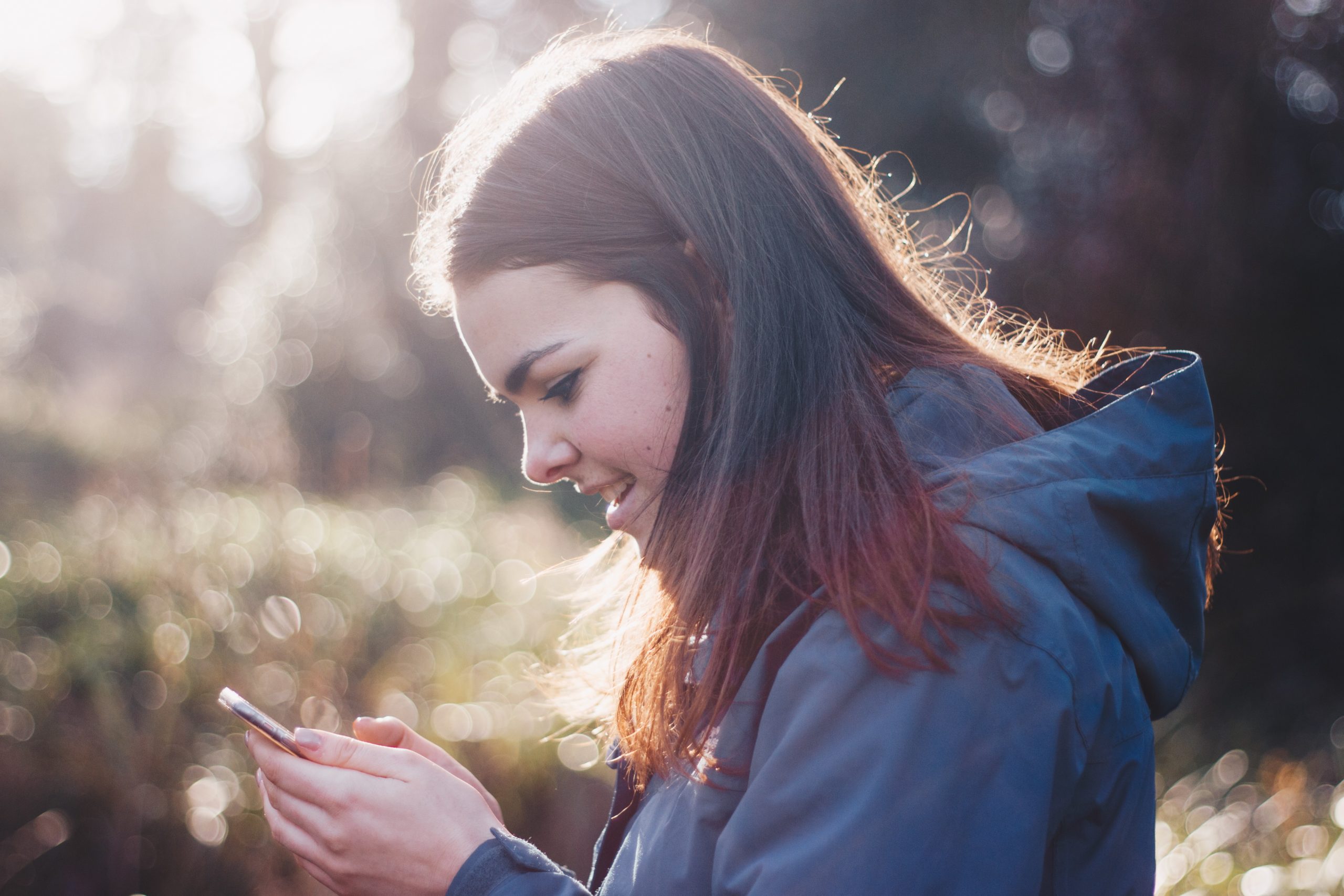
Let’s Talk about TikTok
By: Andrew McPeak

A few months ago, I downloaded TikTok.
Within minutes, I understood what all the fuss was about. I was laughing. I was surprised. I was angered. I was awed. Not only did I experience a wide range of emotions, but I also noticed that each emotional experience was short, beckoning me to keep swiping to the next video. “After all,” my subconscious brain would tell me, “what’s another 20 seconds?” Twenty minutes later, I looked at the time, shocked at how quickly I had lost track. Seven days later, I deleted the app, likely never to return. I’m not the only one whose experience was less than positive.
Article after article I read today is taking aim at social media in general (TikTok in particular) for the negative consequences users incur on their platforms. Several reports have found that Gen Z students are “Developing Unexplained Tics After Going Online.” Other reports are showing students getting suspended for recording themselves completing anti-social “TikTok challenges” in school. Now the data is showing that all the time spent on social media is leading more and more students to decide to give it a rest themselves, citing that social media makes them “unhappy.”
With all of these negative consequences, why are so many kids still scrolling through TikTok? For the answer, we must turn to behavioral psychology.
Reinforcement on TikTok
Psychologist Dr. Dana Goetz wrote an excellent breakdown of the psychological forces at work on platforms like TikTok. In her work, she cites one subtle force that is at the center of the addictiveness of social media platforms: reinforcement.
In behavioral psychology, there are two kinds of reinforcement: positive and negative. Positive reinforcement is when a behavior is more likely to happen again simply because the user had a positive experience with the behavior the first time around. (If you laughed a lot the last time you were on TikTok, you are likely to return in search of another great experience.)
The second category is negative reinforcement. Negative reinforcement means that the behavior, rather than creating a positive entry in your mind, removed or temporarily abated a negative emotion you were currently feeling. (If you felt less stressed the last time you were on TikTok, you are likely to return in search of that same feeling.) Dr. Goetz in her article puts it this way:
“Scrolling through TikTok could serve as a form of ‘self-medication’ by providing momentary relief from negative emotions, life problems, or awkward social situations. For example, if you are feeling sad and then get on TikTok, your sadness may be eliminated or reduced. Or, if you are studying or working on a paper, TikTok can provide you with some temporary relief from the stress of your work.”
With these two factors at play on TikTok, students are being cued constantly through both positive and negative reinforcement to return again and again to the platform.
Stopping the Reinforcement Cycle
About a month ago, I led a question and answer time with a group of parents from a small-town community. Those concerned parents of TikTok-addicted students asked me about all kinds of solutions they wanted me to endorse for use in their homes. Some wanted to bar their kids from devices. Others wanted to install devices that shut down the wifi or blocked significant portions of the internet. While there are certainly times and places for these types of actions, I disappointed many parents that day with my answer: blocking social media cannot be our central approach. If students are going to recognize for themselves, like many other young people already, that the cycle of positive and negative reinforcement on social media platforms isn’t conducive to an overall happy life, they are going to have to do it through the development of their own life skills.
Two Social and Emotional Skills that Help Students Take Control of TikTok
Let me suggest to you two skills we should be building in our students if we want to set them up to make better decisions on TikTok and other social media platforms. Both of these skills are sub-competencies of social and emotional learning (or SEL) — a set of ideas that are taking schools by storm because of the mass of evidence supporting their development.
Skill #1: Impulse Control
Impulse control is one’s ability to control sudden, strong urges or desires to act on something. It’s the skill that would allow a student to stop themselves before they mindlessly open an app. It’s the self-control that would allow a student to walk away from a two-hour binge on Netflix before it becomes three.
Skill #2: Critical Thinking
Critical thinking means examining circumstances, identifying risks and benefits, and gathering information about a given topic — all so students can make a responsible decision. Critical thinking would allow students to assess, on their own, when a game or platform was harming them more than helping them and would also give them permission to delete that digital roadblock from their lives.
What if instead of barring our students from engaging in social platforms, we were instead building in them the skills they need to make those decisions themselves? In the case of both competencies, the answer begins with a conversation. Ask your students about their online habits (and share some of yours too). Which of their habits are they unhappy with and how do they want to change? Set personal goals together and commit to holding one another accountable to better online habits.
Life skills aren’t complex. In fact, the skills we need to thrive in today’s digital world are the same ones that were needed in generations past. The reason they are often missing is that we lack the discipline to implement them. So, commit yourself and challenge your students to take the daily steps necessary to build these important habits in your life. And while you’re at it, maybe we should all take a little break from TikTok too.







